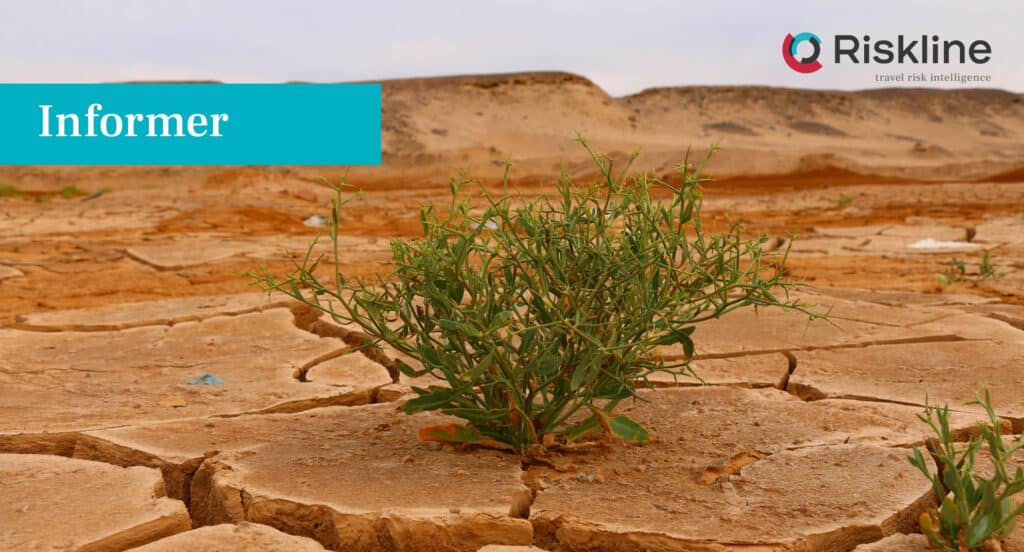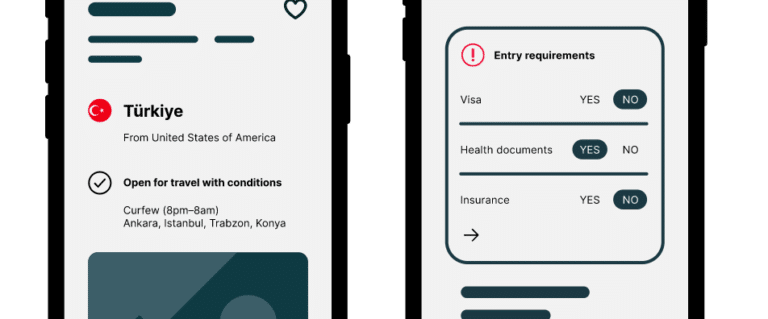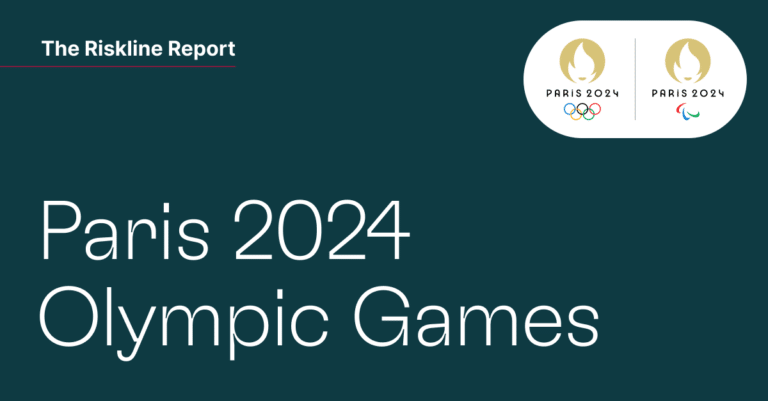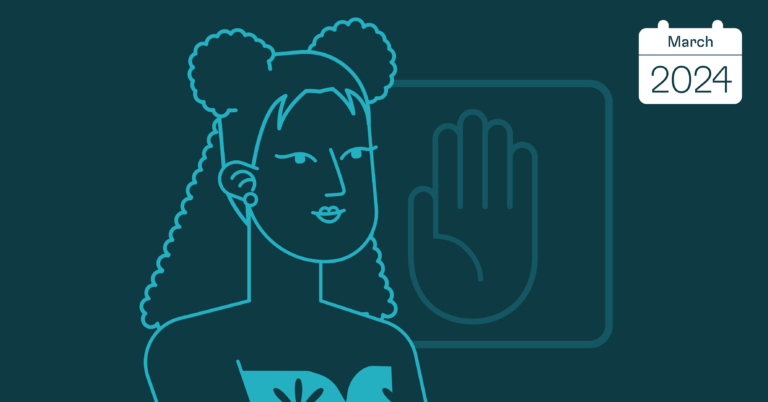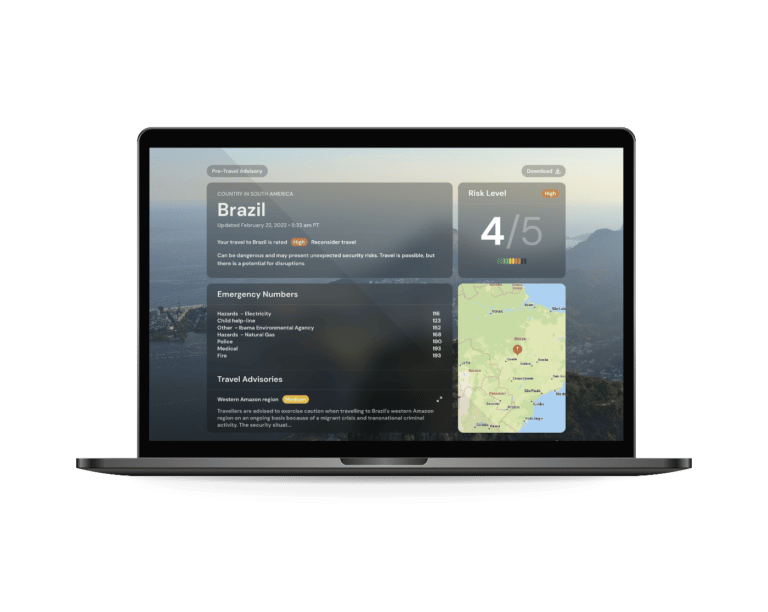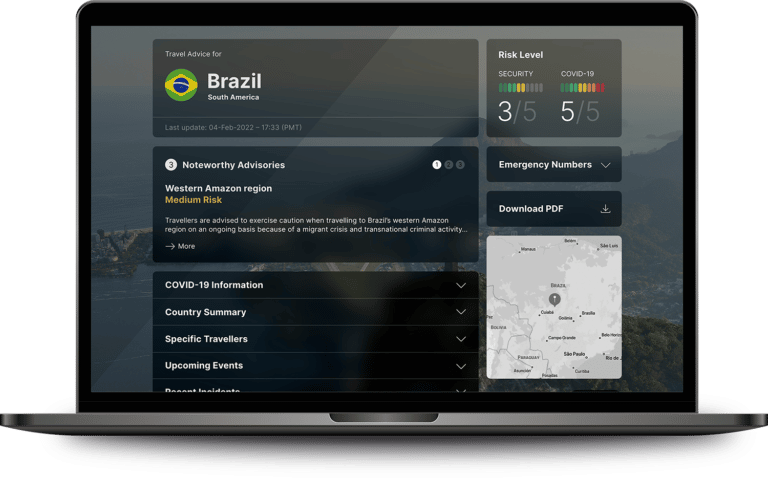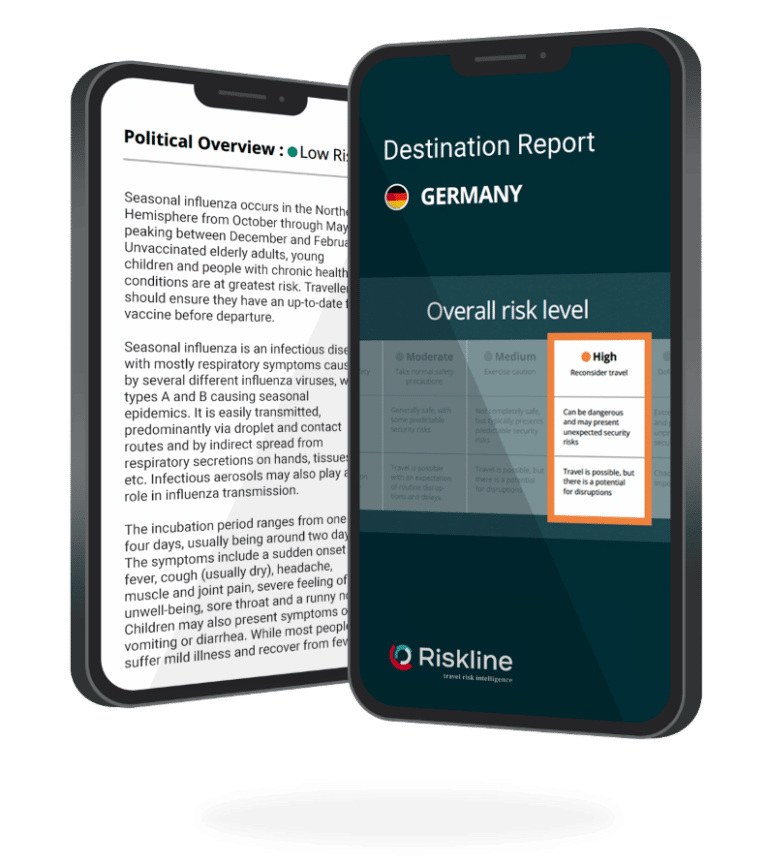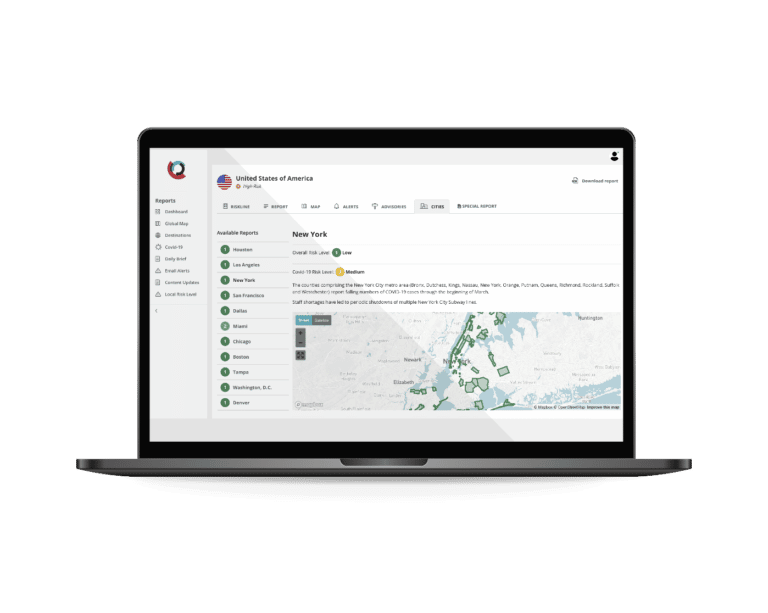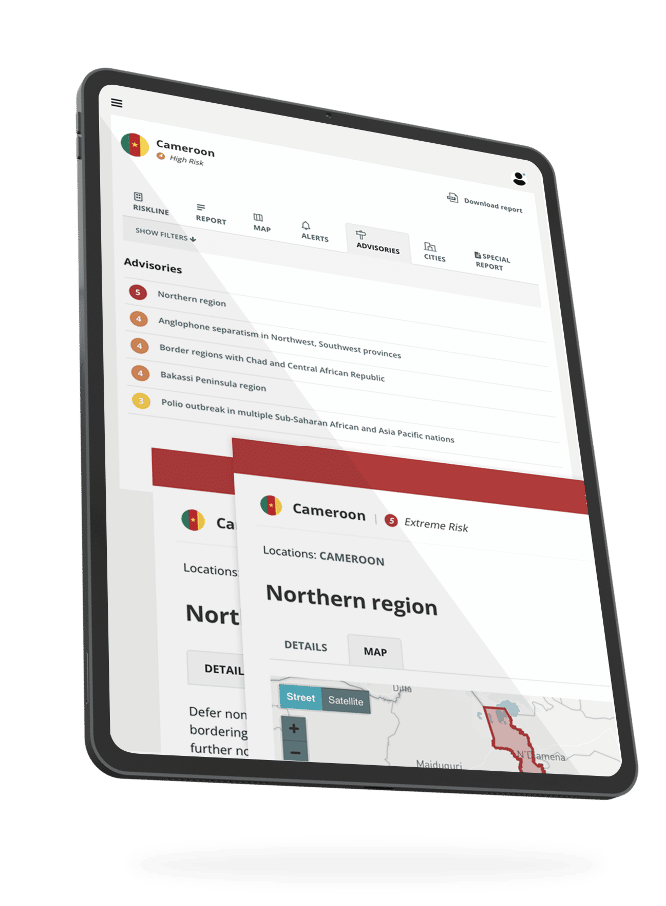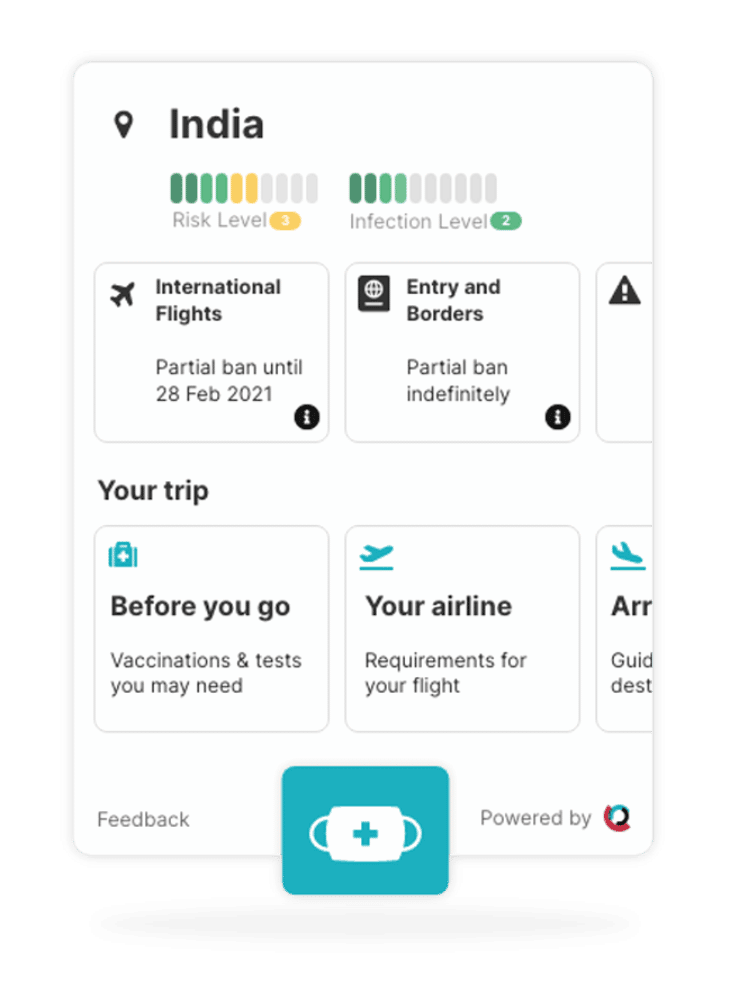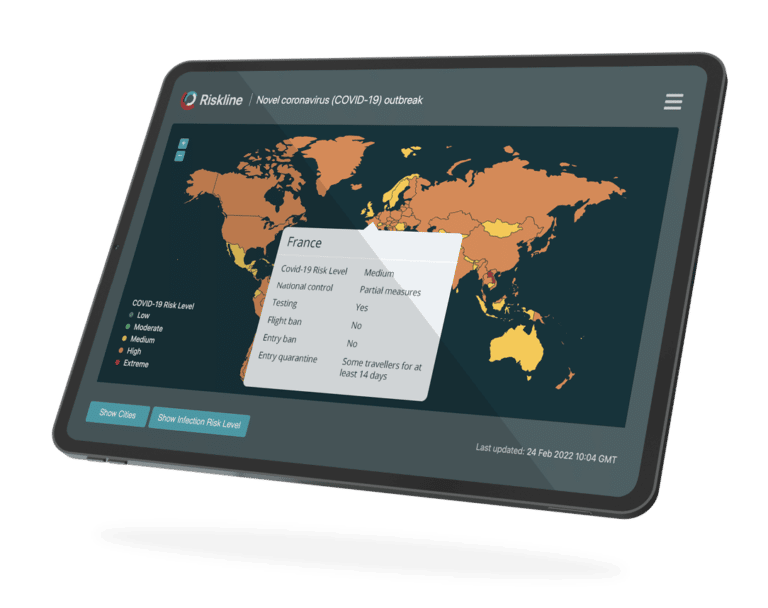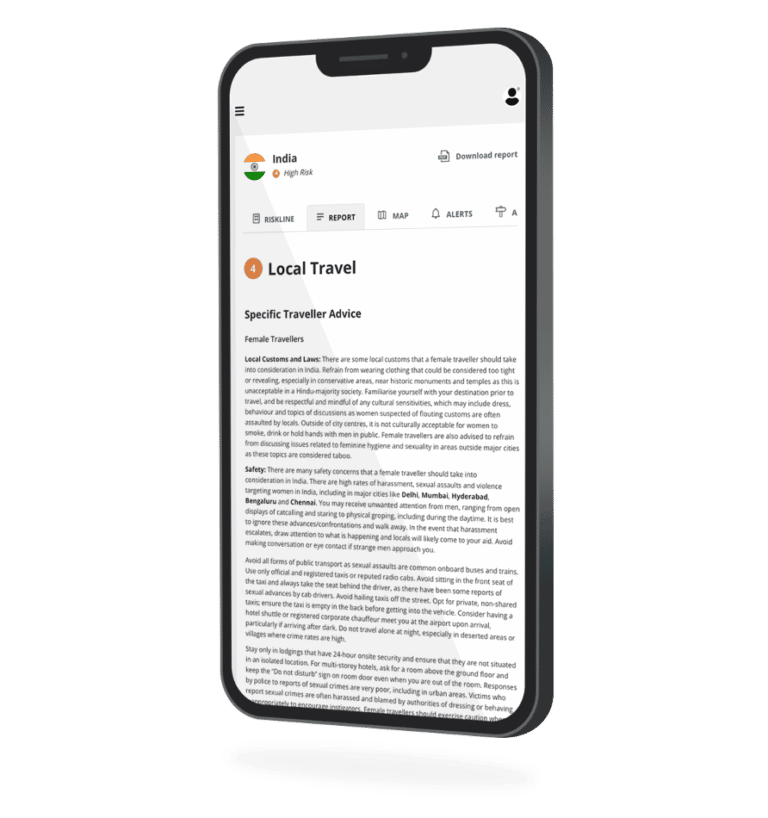By Ramya Dilipkumar
Natural hazards such as smog, drought, famine and locust swarms often do not garner as much media attention as other natural disasters; their detrimental effects on human lives and the economy are not detected until weeks or months after the hazard gets underway. In recent years, the impact of these hazards has worsened in both developing and developed countries due to extreme weather conditions triggered by climate change:
Smog: Smog conditions have worsened in recent years, particularly during the winter months in countries like China, India, Qatar, Bangladesh, Kuwait, Pakistan, Kyrgyzstan, Afghanistan and Bosnia and Herzegovina, which experience high levels of heavy industrial activity and toxic vehicle and factory emissions. Heavy smog has prompted India and Pakistan to periodically declare smog-related health emergencies. According to the Indian Council of Medical Research, around 1.7 million people died in India in 2019 due to air pollution.
Hotter temperatures due to climate change also trigger more wildfires which worsen air pollution and smog in urban centres such as Sydney, Denver, San Francisco, Kathmandu, Yakutsk, Athens and Mexico City. Smog can cause long-term damage to the respiratory system and make those with compromised immunity more susceptible to ailments like COVID-19. During periods of heavy smog, cities have been forced to shut down businesses while public transport services, including flights, have also been disrupted. Smog is forecast to worsen in countries regularly affected by the phenomenon in the coming months due to an uptick in industrial activities following COVID-19 related lockdowns.
Drought: Scant rainfall due to rising temperatures has triggered extreme drought conditions in many countries including Angola, Ethiopia, Eritrea, Afghanistan, Australia, Germany, Poland, the Czech Republic, Kazakhstan, Mongolia, Sudan, Madagascar, Uganda, Somalia, Iran, Pakistan, Namibia, the United States (US), Zimbabwe and Zambia in recent years. In 2019, the UN estimated that around 45 million people were affected by food insecurity triggered by droughts in Africa.
In mid-2021, parts of the US, including Colorado, New Mexico, California, Arizona, Nevada and Utah, Brazil’s São Paulo and Mato Grosso do Sul, experienced their worst drought in nearly a century while parts of central Europe, including Poland, Germany and the Czech Republic experienced extreme drought conditions in March-April 2021, the worst in 2,000 years. Droughts tend to have an adverse impact on agriculture and trigger food shortages. Extended periods of drought may contribute to social unrest, malnutrition, dehydration, possible famine, inflation and worsen the global refugee crisis. The World Health Organization estimates that around 700 million people worldwide will be at a risk of being displaced due to droughts by 2030.
Famine: Famine conditions in parts of Africa, Asia and the Caribbean including Angola, Chad, the Democratic Republic of Congo, Eritrea, Ethiopia, Madagascar, Kenya, Liberia, Somalia, South Sudan, Yemen, Afghanistan, East Timor, North Korea, Venezuela, Honduras, Nicaragua, Guatemala and Haiti, have worsened in recent years, partly due to conflicts, as well as other calamities such as earthquakes, floods and extensive droughts triggered by climate change. COVID-19 related lockdowns have also worsened food insecurity in some of these countries. The ongoing internal conflict in Ethiopia’s Tigray region has exacerbated food scarcity for nearly 400,000 people, with reports of around 125 fatalities due to malnutrition as of early October 2021.
The World Food Programme (WFP) has warned of a possible famine caused by extensive drought worsened by climate change, affecting more than one million people in southern Madagascar. Famine can cause high levels of malnutrition which can span generations, and lead to food inflation and widespread social unrest. Food shortages in Central America’s Northern Triangle over the past twenty years have driven hundreds of thousands of farmers to migrate north to Mexico and the US, resulting in draconian immigration restrictions. The WFO estimates that nearly 34 million people are one step away from experiencing a famine in the near-future.
Desert locusts: Scientists have linked recent long-distance migration and breeding patterns of desert locusts in Africa, the Middle East and Asia, including Kenya, Ethiopia, Uganda, Somalia, Eritrea, India, Pakistan, Iran, Yemen, Oman and Saudi Arabia, between March and June to delayed periods of heavy rainfall after droughts and warmer temperatures triggered by climate change. In June 2019, large swarms of locusts spread from Kenya, Iran and Yemen to parts of southwestern Pakistan’s Balochistan and Punjab provinces, and northern India’s Delhi and Haryana, which were the worst locust attacks in these countries in 30 years. Kenya experienced its worst locust attack in 70 years in 2020.
Locusts can cause widespread destruction to crops and tend to worsen food insecurity in areas which are susceptible to famines. The World Bank estimates that even a small swarm can consume enough food to feed 35,000 people in one day and damage around 100 tonnes of crop per square kilometre. Pakistan suffered losses of up to USD10.2 billion in 2020 and 2021 due to locust attacks, and more than three million people there are facing severe food shortages. Similar destructive locust swarms were also seen in parts of Australia’s New South Wales in early 2020. Scientists forecast that newer and more potent breeds of swarms will originate in East Africa, increase in size and affect nearly 60 countries in the coming years.
Ramya Dilipkumar is an Australia-based political and security risk analyst.

